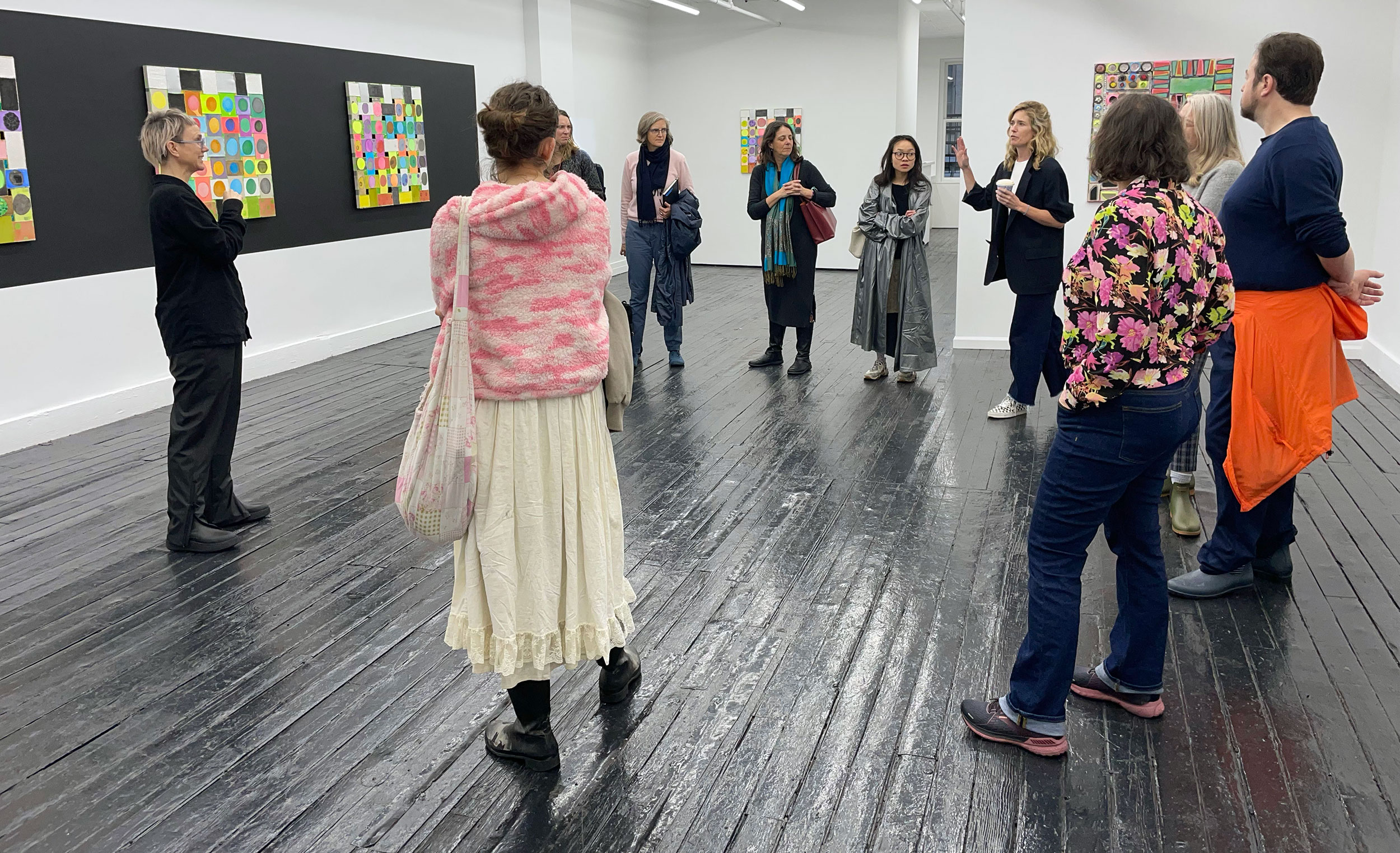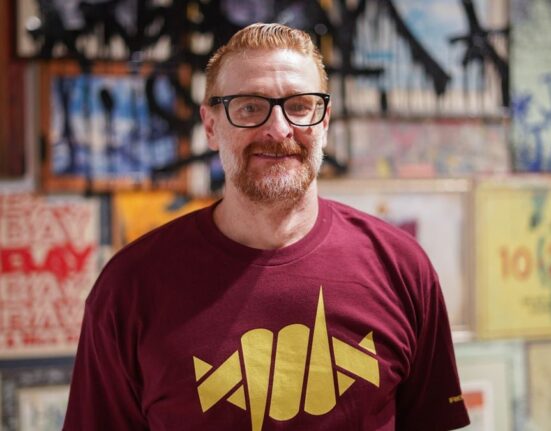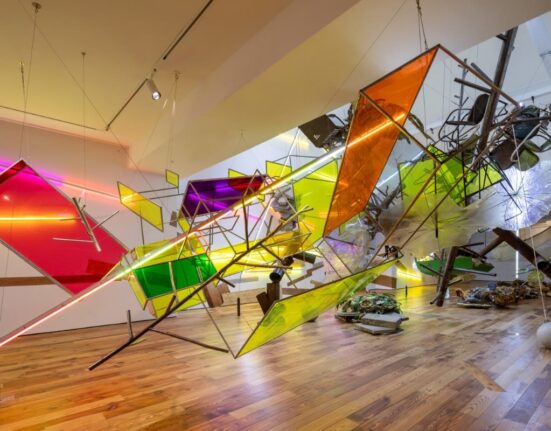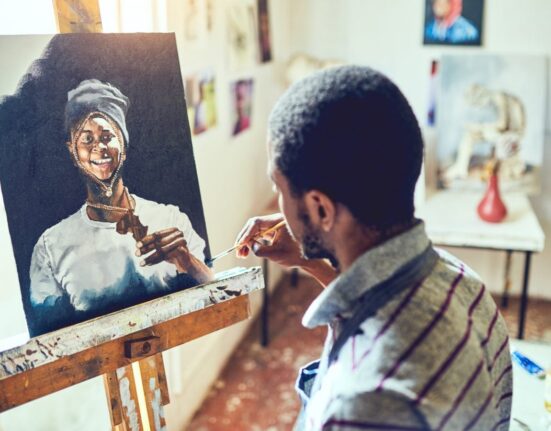
Clark University’s School of Professional Studies (SPS) has launched a two-year, low-residency master of fine arts (MFA) in visual arts, providing artists with the opportunity to study on its Worcester campus and at the Massachusetts Museum of Contemporary Art (MASS MoCA), the largest contemporary museum in the United States. The program begins this June on Clark’s campus in Worcester.
“What distinguishes our low-residency program is that it’s very critique-based instead of being studio-based,” said Ben Sloat, a visual artist and director of the MFA program. “People grow creatively and intellectually in a critique-based experience because they’re getting meaningful feedback from a range of diverse professional voices within a rigorous arts community. It’s like a shot in the arm for their creative practice.”
Students may start the two year, four-semester program either in January or June. The program will conclude with a fifth residency where students will defend their written theses, present professional artist talks, develop an exhibition catalog, and participate in a thesis show hosted in January at MASS MoCA, in North Adams, Mass., where “students will get the chance to explore the museum as a laboratory,” Sloat says.
“We’re offering artists an exciting bridge between the academic and museum worlds,” Sloat adds. “The studio and academic experiences feed into each other. The students get the opportunity to experience firsthand aspects of what they’re exploring in their artwork and in their written papers.”
During their MFA residencies, students develop a strong artistic community, while receiving between 10 to 20 critiques of their work from faculty, peers, guest critics, and visiting faculty. Program faculty include Jan Avgikos, Deborah Davidson, Alex Jackson, Peter Rostovsky, Laurel Sparks, Oliver Wasow, and Deb Todd Wheeler. The program also features guest faculty, including art professionals from MASS MoCA, and seminars on critical theory, conceptual and studio engagement, and professional practice.
After each residency, students will return home to their studios for the semester, pursuing remote academic work and research with their faculty advisors and working directly with local artist professionals to mentor their studio practice. They also will remain connected to their peers online.
“The program is especially geared toward early and mid-career artists with busy lives who wish to pursue graduate study and create art within a community of their peers,” Sloat says. “It’s very difficult to make art in an isolated environment. Artists really need to have a group around them, and people to bounce ideas off of. This shared experience is one of the most powerful and meaningful components of the MFA program.”
The new program in Clark’s School of Professional Studies will complement the University’s offerings in the Department of Visual and Performing Arts, says Toby Sisson, associate professor and director of the department’s undergraduate Studio Arts Program.
“I’m delighted by all that I’ve learned about this exciting new degree program and the opportunity to find synergies between the undergraduate program in studio art and the low-residency MFA,” Sisson says. “I’m especially excited for an increase in the number of guest artists, speakers, and critics to visit our campus.






